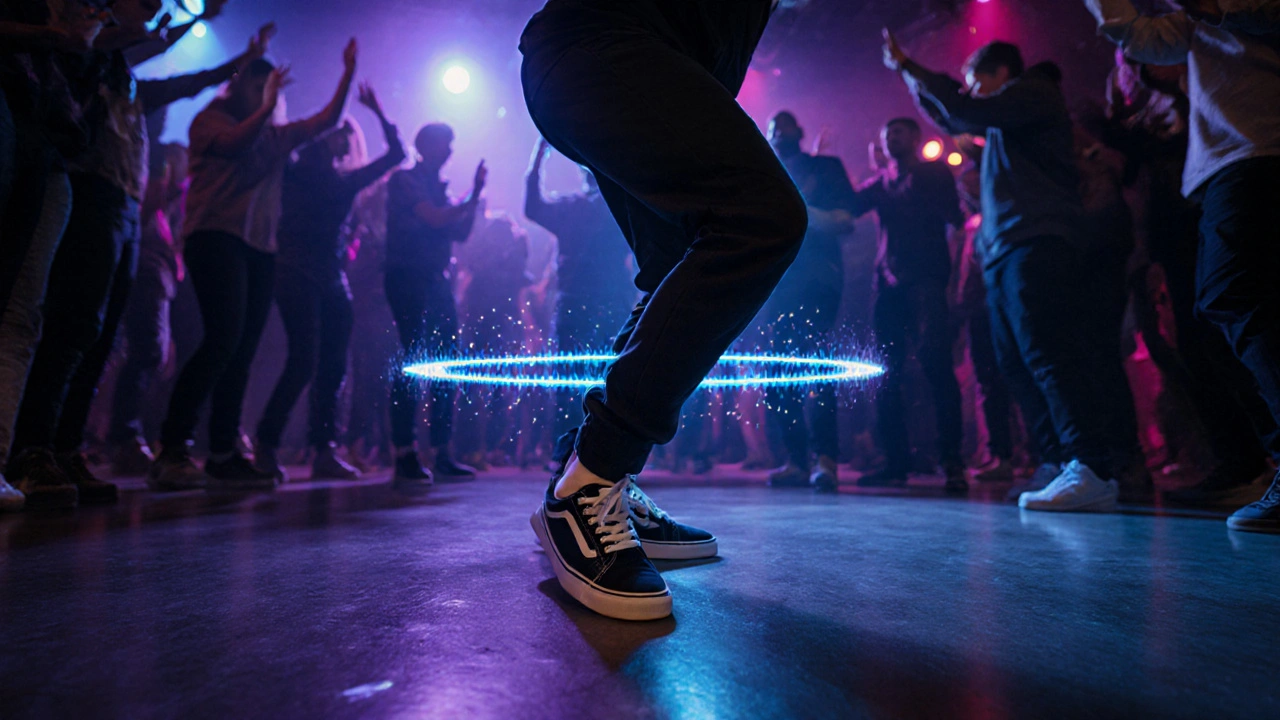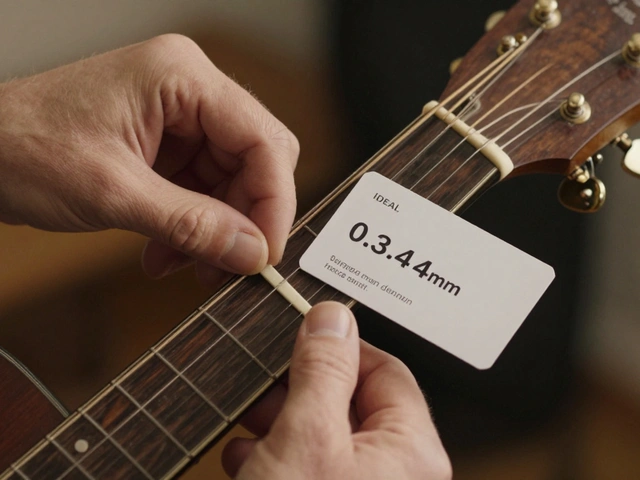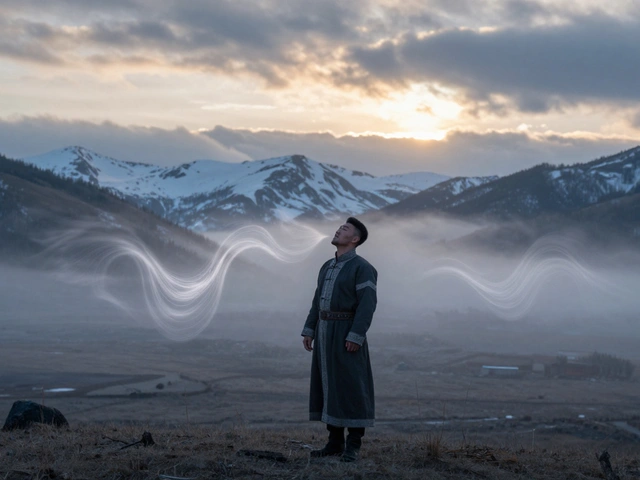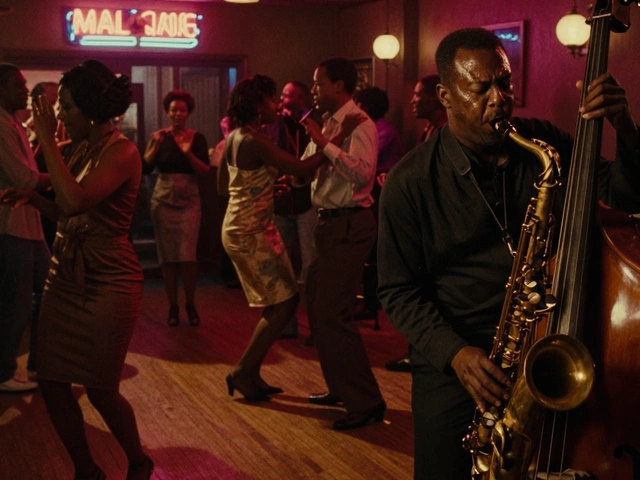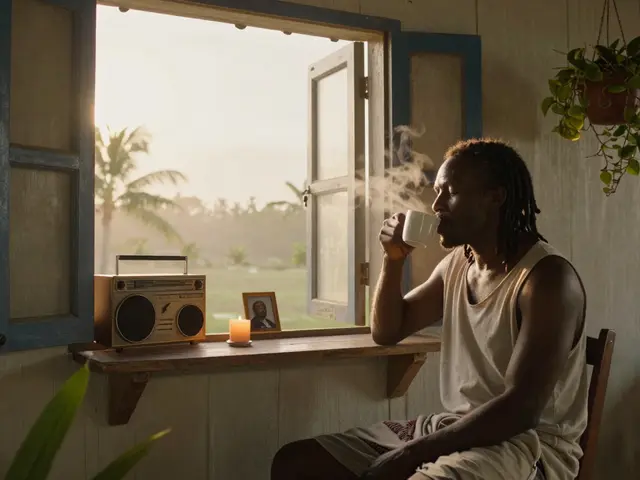Dubstep Rhythm Trainer
BPM Settings
Adjust tempo to match your practice pace (70-150 BPM)
Practice Modes
Select a practice pattern based on the article's core moves
When the wobble bass and sharp snares of Dubstep dance is a high‑energy street style that mixes rapid footwork with body isolations, you know the floor is about to explode. Whether you’re a club‑goer who wants to join the wave at the next festival or someone looking for a fresh workout, mastering the rhythm is the first step.
What makes Dubstep dance unique?
Dubstep music typically clocks in at 140‑150 BPM, but the real magic lies in the syncopated half‑time beats and those sudden bass drops. Dancers lock onto the drop, letting the low‑frequency wobble guide their body, while the “off‑beat” snares give room for quick foot taps and spins. Unlike the steady four‑on‑the‑floor feel of house, Dubstep’s timing feels like a conversation - you answer the bass, then respond to the high‑hat chatter.
Core moves you need to know
Every beginner routine revolves around a handful of signature steps. Learn them first, then start mixing.
- The Wobble - a rapid side‑to‑side shift that mirrors the bass wobble. Keep knees slightly bent and let the hips follow the foot movement.
- The T‑Step - a quick forward‑backward slide that fills the space between drops. It’s the backbone of most syncopated footwork.
- Glitch Spins - fast 360° spins that happen right on the beat, often done during a vocal chop.
- Footwork Tap - fast taps on the heel or toe, matching the snare rolls.
- Body Isolations - pop‑and‑lock style arm or chest movements that punctuate the rhythm.
Step‑by‑step beginner routine
Put the moves together in a 32‑count loop. Count in sets of eight so you can easily match the phrase structure of most Dubstep tracks.
- Counts 1‑8: Start with the Wobble - left, right, left, right, left, right, left, right.
- Counts 9‑12: Add a T‑Step - step forward, slide back, repeat twice.
- Counts 13‑16: Insert two Footwork Taps on the ‘&’ of beats 13 and 15.
- Counts 17‑24: Execute a Glitch Spin on count 17, hold for two beats, then finish the spin on count 20.
- Counts 25‑28: Return to the Wobble, this time adding a small arm isolation on each side.
- Counts 29‑32: Finish with a body pop on the final bass drop, letting the low end hit your chest.
Practice each 8‑count block separately before chaining them together. Speed will come naturally as you get comfortable with the timing.
Practice tips to lock the rhythm
- Start slow: Use a metronome set to 70 BPM (half the typical tempo) and gradually double the speed.
- Isolate the drop: Play a track, mute everything but the bass, and practice moving only when the wobble hits.
- Mirror work: Train in front of a mirror to see if your hip and shoulder movement stays in sync with your feet.
- Record and review: A quick phone video lets you spot timing gaps you can’t feel while dancing.
- Stay low and relaxed: Tight muscles block the quick foot switches needed for the T‑Step.
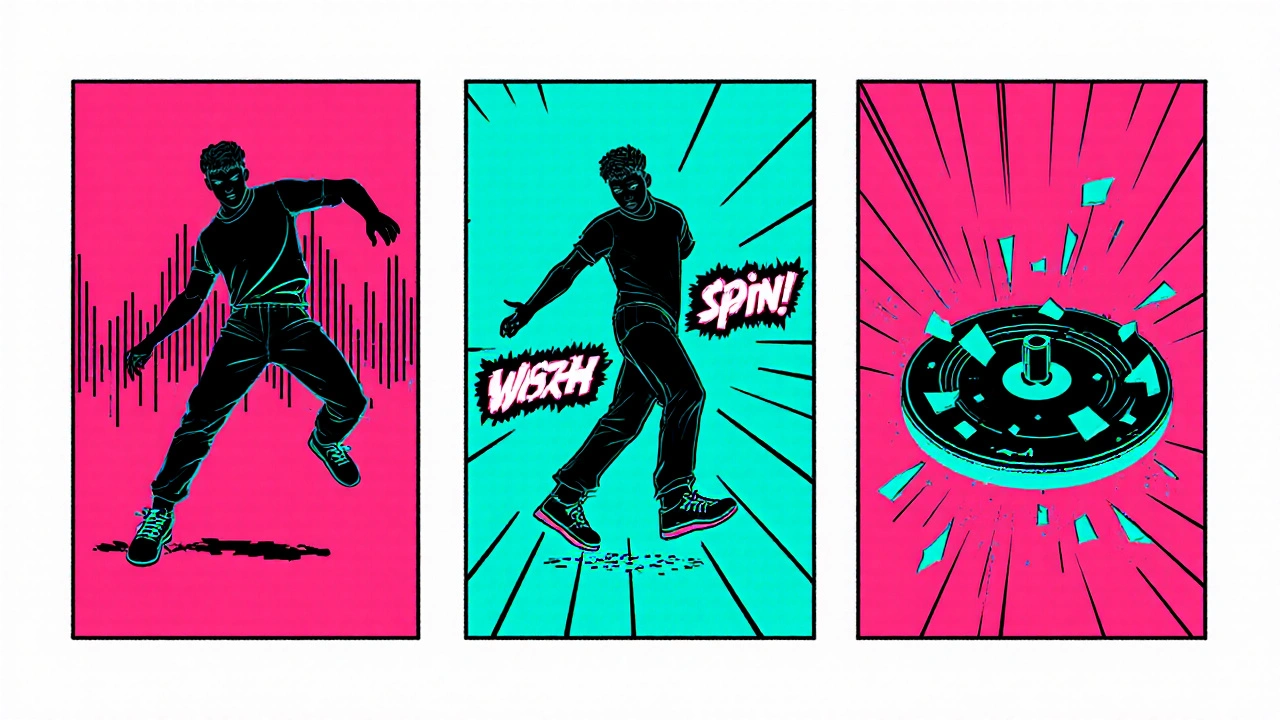
Common mistakes and how to fix them
- Over‑extending the wobble - If you swing your legs too far, balance suffers. Keep the shift under 12 inches.
- Missing the bass drop - Practice with the bass isolated until you can feel the vibration through the floor.
- Flat shoulders - Add slight shoulder rolls to keep the upper body alive.
- Skipping warm‑up - A quick ankle roll and calf stretch prevents strains during fast footwork.
Dubstep dance vs other EDM styles
| Dance style | Typical tempo (BPM) | Core move | Music genre |
|---|---|---|---|
| Dubstep dance | 140‑150 | Wobble + T‑Step | Dubstep |
| Melbourne Shuffle | 125‑135 | Running man + Spin | Hardstyle / Electro house |
| Hardstyle dance | 150‑160 | Jump‑style kicks | Hardstyle |
| Electro house footwork | 128‑130 | Shuffle steps | Electro house |
Notice how Dubstep’s core move centers on the bass wobble, while the Shuffle leans on continuous sliding. If you love the drop‑driven energy, Dubstep dance feels more “stop‑and‑go” compared to the constant flow of a Shuffle.
Building your own choreography
Once you’ve nailed the basics, start adding personal flair. Choose a track you love - perhaps a recent release from a Perth‑based producer. Map out the song’s structure: intro (8 bars), build‑up (16 bars), drop (32 bars), breakdown, second drop. Place a signature move at each major change. Example: a Glitch Spin right before the first drop, a body pop on the second drop, and a quick foot tap combo during the breakdown. Use the “call‑and‑response” technique - repeat a short phrase (like two Wobbles) then answer with a different move (like a spin).
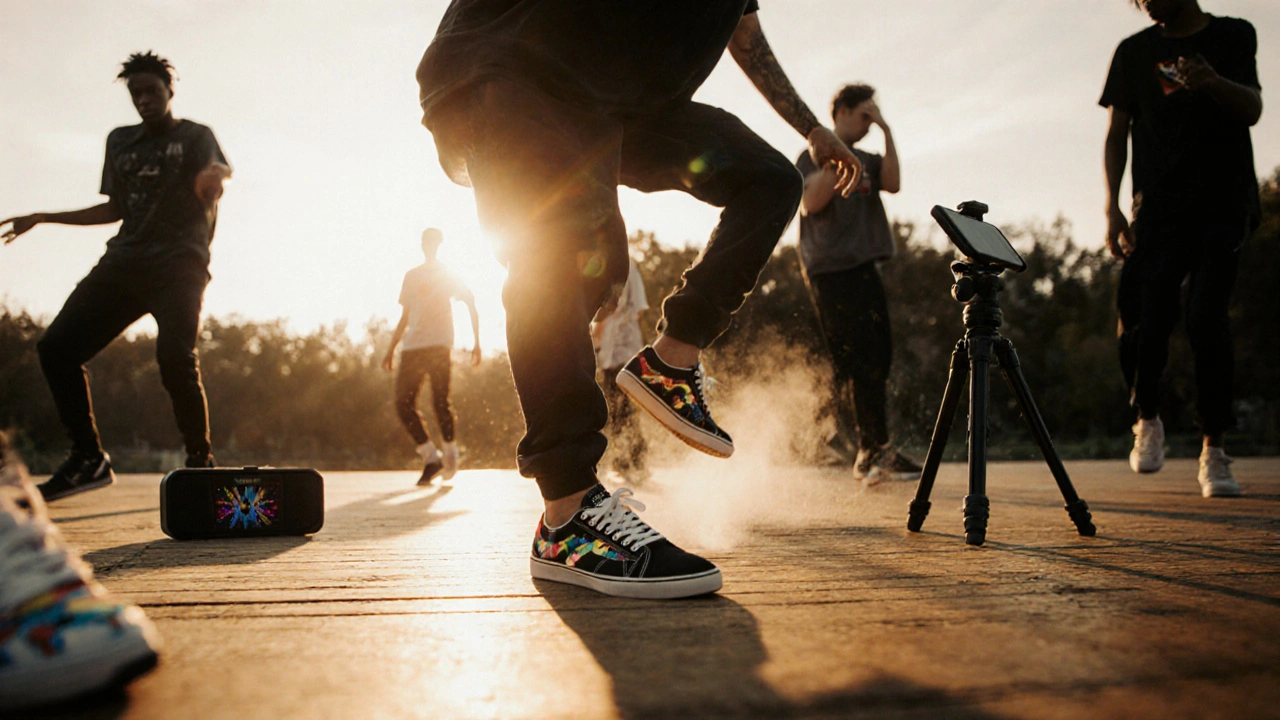
Gear, music and community resources
Good shoes matter. Look for lightweight sneakers with flat soles - dance‑specific skate shoes work well because they let you feel the floor. For music, curate a playlist that mixes classic dubstep anthems (e.g., Skrillex’s “Scary Monsters”) with newer Melbourne dubstep releases (e.g., Tenzin’s “Wobble Wave”). Join local groups - Perth’s “Bass Beat Collective” meets monthly for practice battles. Online, check out YouTube channels like “Dubstep Dance Academy” for breakdown videos, and subscribe to Discord servers that share fresh track drops and challenge prompts.
Putting it all together
Start each session with a five‑minute warm‑up, then run through the beginner routine at half speed. Once comfortable, crank the tempo, add a new isolation, and record a short clip. Review, tweak, and repeat. Over a few weeks you’ll notice the drop feels like a cue your body can’t ignore - that’s the hallmark of a true Dubstep dancer.
Ready to hit the floor? Dubstep dance offers a unique blend of rhythm, athleticism, and creative expression that sets it apart from other EDM styles. Grab a track, fire up the music, and let the wobble guide your moves.
Frequently Asked Questions
Do I need prior dance experience to start Dubstep dance?
No. The basic steps - Wobble, T‑Step and foot taps - are simple enough for beginners. Consistent practice builds the coordination needed for more advanced moves.
What music tempo is ideal for practice?
Start around 70BPM (half the normal dubstep speed) and double it as you feel comfortable. Most tracks sit between 140‑150BPM.
Can I dance Dubstep in shoes other than sneakers?
Flat‑sole sneakers or skate shoes give the best floor feel. Heavy boots or high heels limit quick footwork and increase injury risk.
How often should I practice to improve?
Aim for 3‑4 short sessions (20‑30minutes) per week. Consistency beats marathon practice once a month.
Where can I find a community of Dubstep dancers?
Look for local EDM meet‑ups, Facebook groups, and Discord servers like “Dubstep Dance Global”. In Perth, the Bass Beat Collective hosts monthly jam sessions.

